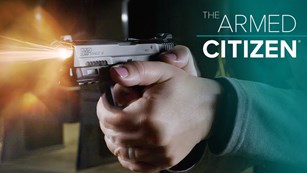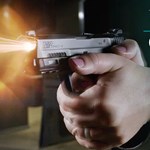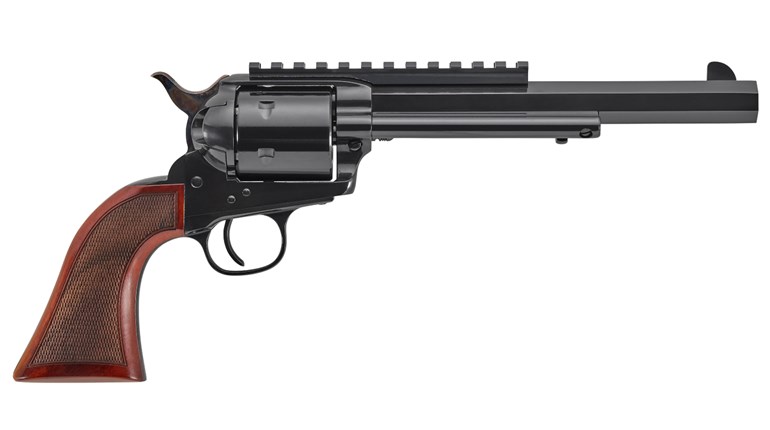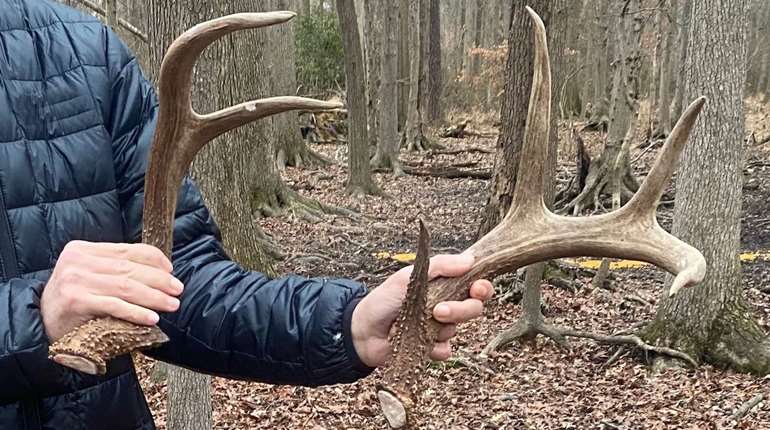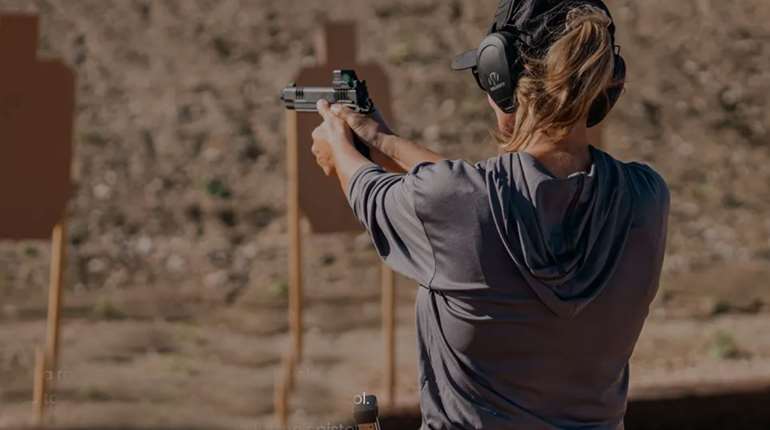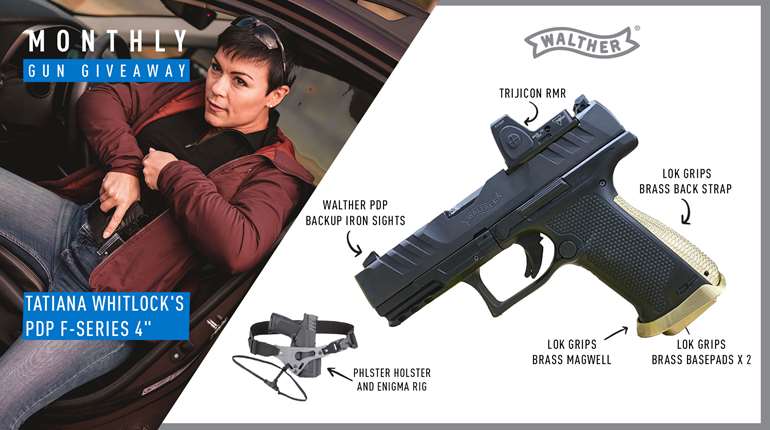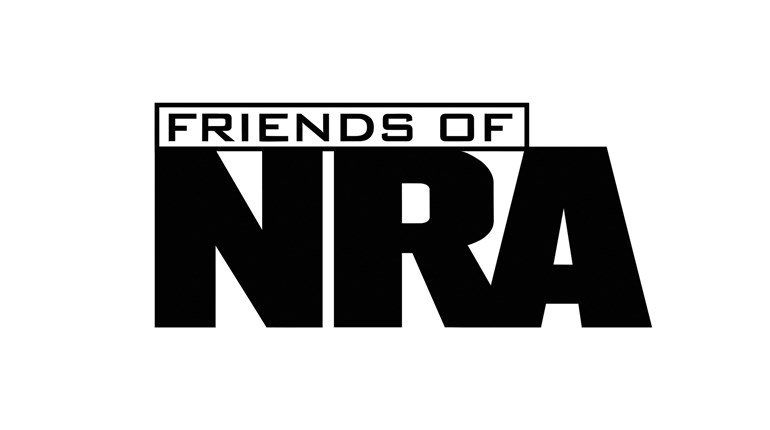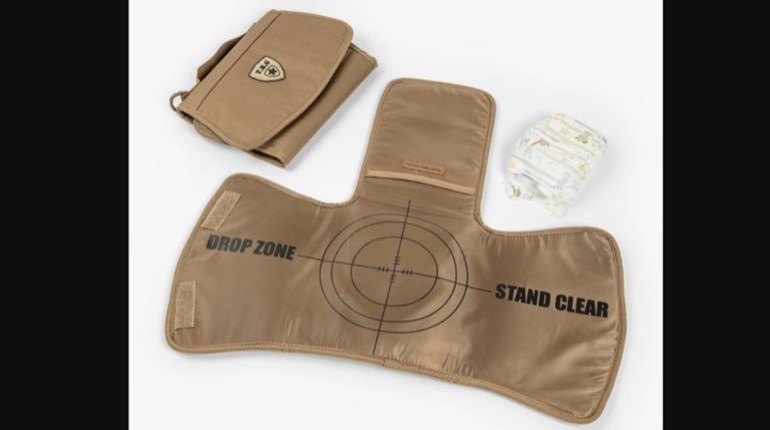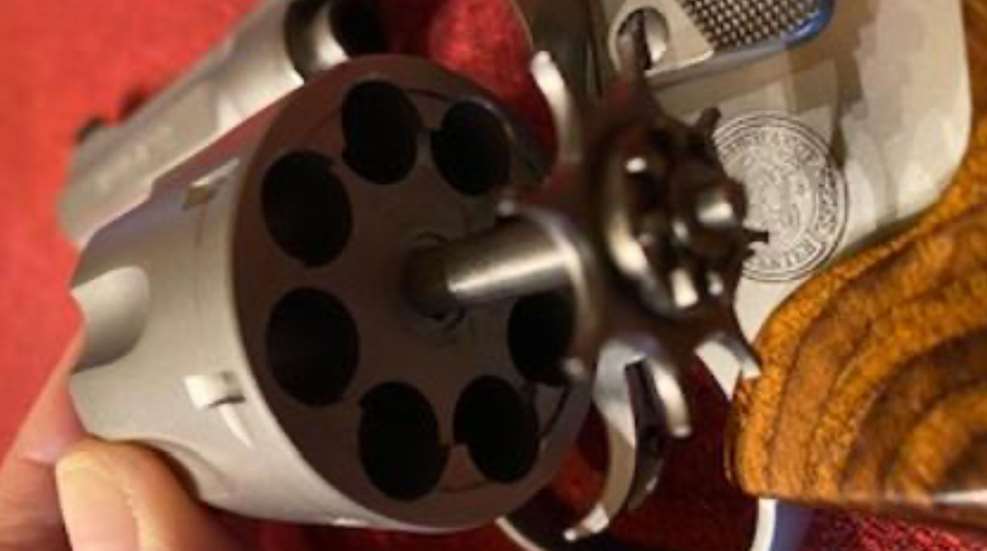
There is a belief among many new (as well as experienced) shooters that revolvers are immune to malfunctions. When teaching the NRA Basic Pistol Courses and NRA Instructor Pistol Courses, I always ask the students to name the pros and cons of semi-automatic pistols and revolvers. It seems that I always hear, “revolvers do not malfunction and will always fire when you squeeze the trigger.”
It is true that revolvers are less prone to malfunctions than semi-auto pistols. However, they are notmalfunction-free. Some revolver stoppages or malfunctions can be remedied at the range. Other stoppages or malfunctions need to be taken to a professional gunsmith.
Loose Extractor Rod 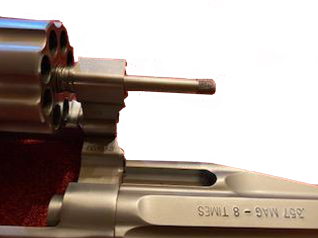
A loose extractor rod can catch you by surprise. Here’s what happens: The revolver works as it should. You squeeze the trigger, the cylinder rotates, the hammer drops and the cartridge fires. The problem occurs when you push or depress the cylinder release to eject the spent cases. When the cylinder release is pushed or depressed, the cylinder does not swing out because it is in a bind. The problem occurs when the extractor rod backs out or unscrews because of the recoil, putting the rod in a bind.
To fix this, put a rag over the cylinder and use a rubber hammer or mallet to tap the cylinder to force it out. Then you can simply re-tighten it. To prevent this problem, get in the habit of periodically tightening the rod by turning it with your hand. (Never use tools to tighten the rod!) Also, if your rod tends to loosen often, resist the temptation to use glue products to hold the threads in place. This could cause big problems if you ever need to remove the extractor rod for other repairs or maintenance.
Dirty Extractor Star 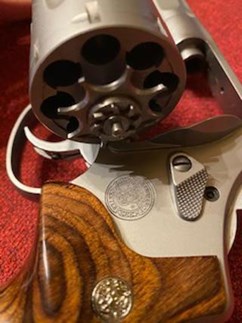
The extractor star pushes the live or spent rounds clear of the cylinder when the extractor rod is pushed. A dirty extractor star can interfere with the rotation of the cylinder, interrupting the cycling of the revolver. A dirty star can also interfere with the hammer operation by preventing the round from being properly seated against the cylinder.
This problem occurs due to improper cleaning or shooting dirty ammunition. If you own a revolver, learn how to properly clean it after shooting and become familiar with all the moving parts that are important for the cycling of the action.
Bullet Creep or Bullet Jump
I have heard of this problem for years, but was not sure how often it occurred. That is, until it happened to me! Bullet creep, or bullet jump, can stop the action from cycling. This usually occurs when shooting large and powerful magnum loads. As the revolver recoils from a shot, the bullet of other cartridges can jump out of their case. For example, if your cylinder rotates counterclockwise and the bullet jumps from a cartridge on the left side you can just swing out the cylinder because the bad round is on the side that the swing out occurs. It the bullet jump occurs on the right side, it blocks the cylinder from swinging out.
This jump is just enough to stop the cylinder from rotating, because a bullet is protruding out the front of the cylinder. Sometimes bullet jump or creep can be dealt with by swinging the cylinder out and extracting the round. Other times, the bullet needs to be removed from the case. This needs to be done very carefully and ideally by a trained individual because what you’re doing is taking the live round apart.
What causes this type of stoppage? It usually occurs when the bullet of reloaded ammunition was not properly crimped in the case. This is why it’s considered a good habit to only carry factory-loaded ammunition in your self-defense handgun.
Short Cycling
Short cycling occurs when the trigger is squeezed, the hammer starts to move back, but then the pressure is taken off the trigger and the hammer returns to its un-cocked position. When this happens, the rotation gear could fall in between the position needed for proper rotation when the trigger is again squeezed. This problem can interfere with the proper cycling of the firearm.
This is an easily corrected condition, but could be a problem when seconds count in a self-defense situation. When a short cycle occurs, you can simply reach up with your support hand and manually rotate the cylinder until in “clicks” in place. You can also push or depress the cylinder release, swing out the cylinder, then close it again. This should correctly reposition the cylinder.
Broken Springs
If the mainspring, trigger return spring or any other internal component breaks in your revolver, you need to take it to a qualified gunsmith. When these components fail, the revolver is rendered useless. I have had a mainspring break, and when it did, I found myself holding a very expensive paperweight. If you notice a change in the operation of the hammer or trigger, such as getting softer or harder, be proactive and take your wheelgun to a gunsmith. The last thing you want to experience is a broken component in your handgun when you need it the most.
Cylinder Out of Tune
When a cylinder is out of tune with the barrel, the stoppage or malfunction can range from failing to fire, to shaving off the bullet. When a bullet is shaven when you fire it, pieces of debris can fly out from the cylinder. These shavings can cause serious injury to the shooter or bystanders.
A cylinder out of tune can occur from the factory, or can develop as parts wear. This is another condition that requires that you employ a qualified gunsmith, or that you your revolver back to the manufacturer.
Manufacturing Factors
There are “factory factors” that can cause or prevent a revolver from operating properly. Some manufactured factors include components that are needed for the proper operation of the firearm. Manufactured locking devices can render a revolver useless if the owner forgets to disengage them.
Don’t forget moon clips. If a revolver’s cylinder is machined to accept moon clips, failure to use them can cause a misfire situation. If you load a revolver in which the cylinder is machined for a moon clip without using one, it may not always fire a round when the trigger is squeezed. Once again, your safety could be compromised.
It should be clear by now that revolvers are not a foolproof firearm for self-defense. It is certainly true that semi-automatic pistols are more prone to malfunctions. In fact, revolvers rarely have stoppages in the cycle of the firearm. The difference is that most semi-automatic pistol malfunctions can be remedied relatively quickly. This means that you can usually fix the problem and get back to shooting. Revolver malfunctions are usually more serious in that you may not be able to correct the problem in time to stop an assault. Revolver malfunctions can take more time to correct and often need to be taken to a gunsmith to be repaired.
Problems with malfunctions and stoppages can be mitigated with range time, regardless if you are using a revolver or a semi-automatic pistol. Practicing at the range is not only important for accuracy with your firearm, but also is important in getting more able to deal with stoppages.


